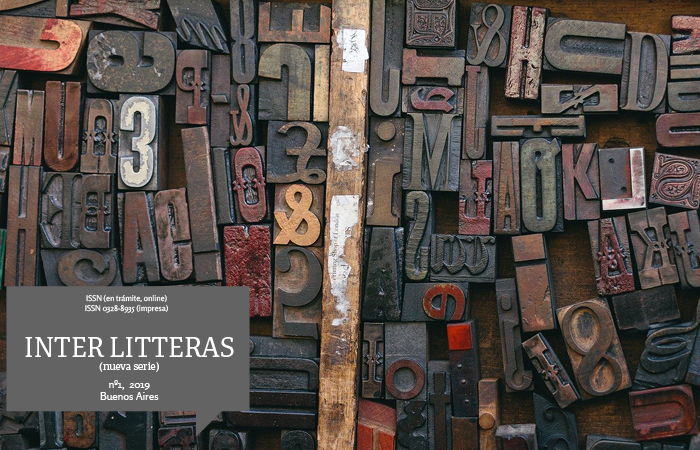Georg Lukács' Aesthetic Thought: Continuity or Rupture?
Keywords:
Aesthetics, Georg Lukács, Marxism, Lebensphilosophie
Abstract
Throughout his intellectual trajectory, the Hungarian philosopher Georg Lukács (1885-1971) showed a particular interest in Art which led him to write two aesthetics in different moments of his life based on different methodologies. His first aesthetics was composed by two texts, Philosophy of Art (1912-14) and Heidelberg Aesthetics (1916-18), which were mainly based on neo-Kantianism philosophy, on Lebensphilosophie and on Hegel’s thoughts. The “Aesthetics” is Lukács’ second project, which was published in 1963 and was based on the theory of Karl Marx. Although nearly 45 years separate these two projects, Lukács’ questions about aesthetics were very similar, such as how to define, to describe and to consider the particular categorical status of Art in the set of human creations. Among these discussions, this study aims to present and to debate some important points from Lukács’ aesthetics so that we could investigate a possible answer to the following question: Is it possible to conffirm the existence of a homology between the youth and maturity Georg Lukács’ aesthetics?Downloads
Download data is not yet available.
Published
2019-10-01
How to Cite
Altenfelder Garcia Gallo, R. (2019). Georg Lukács’ Aesthetic Thought: Continuity or Rupture?. Inter Litteras, (1), 46-66. https://doi.org/10.34096/interlitteras.n1.7220
Issue
Section
Dossier










